Photo


E D U C A T I O N
Our main reason to go to Western Australia was to experience teaching in a way we never experienced before and that’s what we did. We found that the Ngaanyatjarra Land School has developed specialised programs, designed to build a strong foundation for the children’s social, emotional and cognitive development during their whole school experience. We can ensure that their programmes are specially designed for the children’s needs, according to their age levels and also respecting their Ngaanyatjarra culture.
They especially encourage engagement in programs that support sports and arts (including painting, spinifex or tjanpi, weaving and wooden artefacts or purnu), which are an important part of the Yarnangu culture.
We had the opportunity to participate in their annual dance show, where the teachers with the students create different coreographies, they invite the children’s families to participate and everyone who is interested in having a good time. I’m really sorry if you wanted to see us dancing, because we helped with the music and with the decoration… Next time we will take part in the coreography!
The whole experience filled my heart and I’m sure that Ale feels the same. The teachers, the children, the Elders… everything happened in the best possible way. We went to the Western Desert to teach English, and yes, we did it, but we learnt much more than what we taught, and all the credits go to the Ngaanyatjarra Lands and its fantastic people.
I absolutely know that we will come back, because we found ourselves there, and as someone said before, you always want to go back where you were happy.
Love, Cata XOXO.
.
.
.
.
.
https://www.nglandschool.wa.edu.au/
https://www.youtube.com/watch?v=u4p2EJaziP0&t=363s
https://www.youtube.com/watch?v=hjdeqKWFT9
0 notes
Photo


M U S I C
I didn’t really expect to find anything related to music, because I thought music there would be only related to their ceremonies, but I was completely wrong. Of course, there’s Aboriginal Australian and that’s where I’m going to go through now. Aboriginal music which is related to their cultural and ceremonial observances, such as their mythology storytelling and the dreamtime, music is a vital part of Indigenous Australians’ cultural maintenance and the Nganyatjarra Aborigins work everyday to maintain their culture alive.
The musical elements are mostly spread through all of the Australian continent. Here, we find the Didgeridoo, it is considered as the national instrument of the Australian Aborigines (specially by southern and western people). It is an aerophone which consists of a long tube, without finger holes, through which the player bows. It is sometimes fitted with a mouthpiece of beeswax. Didgeridoos are traditionally made of eucalyptus, but contemporary materials such as PVC piping are used as well. In traditional situations it is played only by men, usually as an accompaniment to ceremonial or recreational singing, or, much more rarely, as a solo instrument.
Here’s what I loved about this trip, everything surprised me in the best way. AIndigenous Australian musicians have also adopted many of the western musical styles, such as rock, reggae and hip hop. During our stay on the Lands, I met Trenton Giles, who is the leader of a Reggae band, and he taught me that music is a universal language and we can find it no matter where we are.
Did you expect that we could find a reggae band in the remote Lands? I’ll be reading you comments everyone!
Here, you can find “One Ngaanyatjarra boy” by Trenton Giles.
LOVE; ALE XOXO.
.
.
.
.
.
https://www.aboriginalart.com.au/didgeridoo/
https://en.wikipedia.org/wiki/Indigenous_music_of_Australia
0 notes
Photo
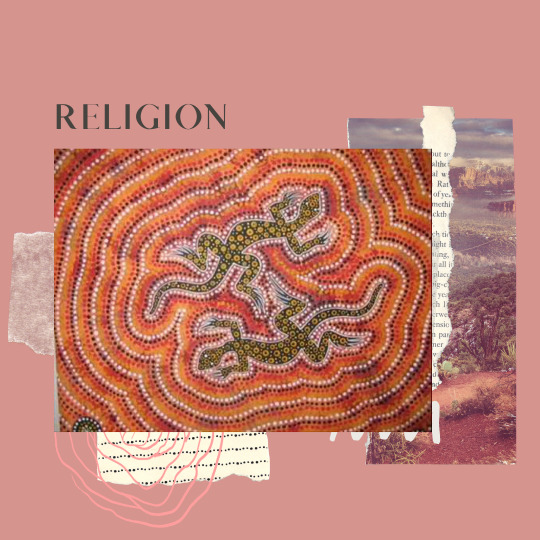
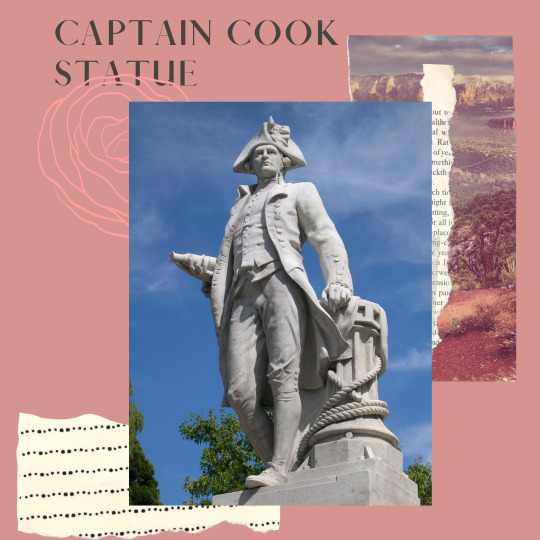
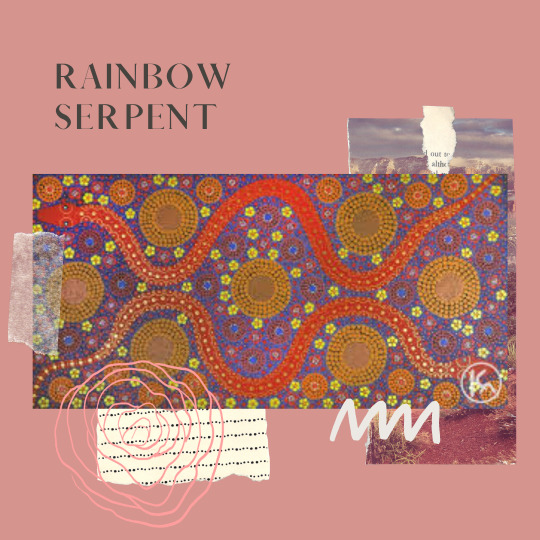
R E L I G I O N
As long as we were spending time in the Lands, I started to understand that Ngaanyatjarra people don’t care about what you have, they care about your feelings, your beliefs, how kind you are. That made me notice that the reason why they keep their culture alive is that they don’t need anything else, they just need to stay together, as if they had only one soul.
I spent many years trying to realize why I couldn’t believe in God, or if you prefer, a supreme being… Now, I get the answer, I never had a religious experience, a significant moment that could have changed my life… I’m glad it happened in Australia. The beauty of the dreamtime stories helped me to understand that no it’s not important who you believe in, it’s important that you have the opportunity to believe.
In this post, I would like to talk about Australian Aboriginal beliefs. Here we find the Tjukurrpa or dreamtime/dreaming and other mythology that explain the begin of everything.
In the case of mythology, it’s said that Aboriginal groups widely distributed different myth telling across the Australian territory, but, at the same time, they more or less try to explain the creation of the world. The first myth that we had the opportunity to hear was about The Rainbow Serpent, which is one of the most popular not only in Australia but also worldwide. The Rainbow Serpent is often seen as a creator God, and it is known by different names in the Aboriginal culture. It is viewed as a giver of life through its association with water, but can be a destructive force if it gets angry. (In the second picture you can find an example of the Rainbow Serpent by Andrew Highfold Tjupurrula)
There is another aboriginal myth occurring across Australia and I couldn’t hear the story, but Ale did and she wrote this for all of us: “Captain Cook. The Aboriginal Captain Cook myths tell us about the encounters with Lieutenant James Cook, who is seen as the British character who arrives from across the oceans sometime after the Aboriginal world was formed and the original social order founded, but his arrival is not celebrated, he is talked about as a villain.” When Ale explained me the story, I completely understood why James Cook took the place of a villain, I cannot even imagine myself in the situation of aboriginal people at those times… One day a foreigner arrives and decides that the Lands didn’t belong to aboriginal people, they belonged to someone else. I honestly think it was a tragedy. (In the third picture you can find the Captain Cook’s statue in Sidney)
On the other hand, The Dreamtime or Dreaming, is used to represent Aboriginal concepts of Everywhen/Everything during which the Lands were inhabited by ancestral figures, often of heroic proportions or with supernatural abilities. These figures were often distinct from gods as they did not control the material world and were not worshipped, but only revered. What I remember the most, are the nights we spent listening to the Elder telling us the Dreamtime stories and how concerned they were (and still are, of course) about mantaining the tradition of the Dreamtime. They are doing their best to teach the young ones to preserve the legacy of their culture.
Have you ever had a religious experience that reinforced your beliefs? As always, let me know in the comments!
LOVE, CATA XOXO.
.
.
.
.
.
https://en.wikipedia.org/wiki/The_Dreaming
https://www.aboriginal-art-australia.com/aboriginal-art-library/aboriginal-dreamtime/
1 note
·
View note
Photo

H E A L T H
It caught my attention that even if the Lands are a remote place and the communities are spread around the Western Desert, The Ngaanyatjarra people can have access to a health service that provides a wide variety of programs to develop the quality of the Aboriginals’ daily lifes. The health centres deliver primary and acute health care provided by Remote Area Nurses, Aboriginal Health Practitioners and different specialists. As said before, there are different services such as environmental health programs, health promotion, social and emotional wellbeing programs, mental health programs, children’s health programs, sexual education and a program in charge of tackling indigenous smoking.
What I believe imprescindible is that The Ngaanyatjarra health service is accredited as an aboriginal community controlled health organisation, so the whole communities work together for the common benefit.
The mental health among the Aboriginal people is something I got really worried about, one of the nurses in the Warburton community, talked to us about suicide and self-harm, with the suicide rate being double that of the non-Indigenous population in 2015, and how worried they are about young people experiencing rising mental health rates. There are high incidences of anxiety, depression, PTSD and suicide amongst the Stolen Generations (Aboriginal children who between 1910 and 1970 were stolen from their families by the Australian government. You can find more information in the post ‘Australia Sorry Day’. Click here if you are interested), with this resulting in unstable family situations, but they all are working on finding solutions for the Aboriginals to live a health life.
Mental health is a serious problem all over the world and it won’t stop if we don’t put our efforts on tackle that issue, what are your thoughts on it? Let me know in the comments.
LOVE, ALE XOXO.
.
.
.
.
https://www.nghealth.org.au/
https://en.wikipedia.org/wiki/Stolen_Generations
https://en.wikipedia.org/wiki/Ngaanyatjarra
0 notes
Photo

GOVERNMENT
The Ngaanyatjarra Council is the principal organisation of Ngaanyatjarra service delivery organisations. Its main objective is to support the development of the members of the Ngaanyatjarra community in all ways.
There are many communities that are members of the Ngaanyatjarra Council, some of them are: Warburton, Wakakurna, Wanarn, Patjarr and Pira Kata.
The Council is directly involved in a variety of initiatives relating to health, education, training, employment, housing, law and justice matters, finance, land management and a variety of viable commercial enterprises.
Ngaanyatjarra Council’s operations are principally funded by grants from a range of Commonwealth and State Government ministries. There are around 100 employees based on the Ngaanyatjarra Communities providing direct services to the Community members.
Each of the Ngaanyatjarra Communities is an autonomous body incorporated under either a Commonwealth Act or a Western Australian State Government Act.
https://www.ngaanyatjarra.org.au/ngaanyatjarra-council
0 notes
Photo

THE STOLEN GENERATION
“Between 1910 and the 1970s, many Aboriginal children were forcibly removed from their families as a result of various government policies. The generations of children removed under these policies became known as the Stolen Generations. The policies of child removal left a legacy of trauma and loss that continues to affect Indigenous communities, families and individuals today. Policies focused on assimilating children as they were considered more adaptable to white society than adults. Children of Aboriginal and Torres Strait Islander and white parentage were particularly vulnerable to removal because authorities thought the children could be assimilated more easily into the white community due to their lighter skin colour.
Children taken from their parents were taught to reject their Indigenous heritage and were forced to adopt white culture. Their names were often changed, and many were forbidden from speaking traditional languages. Some children were adopted by white families, and many were placed in institutions where abuse and neglect were common. Aboriginal people who were removed were left with lifelong trauma and were never treated as equal to other Australians.”
We don’t own any of the information in this post, it belongs to australianstogether.org.au
https://australianstogether.org.au/discover/australian-history/stolen-generations
0 notes
Photo
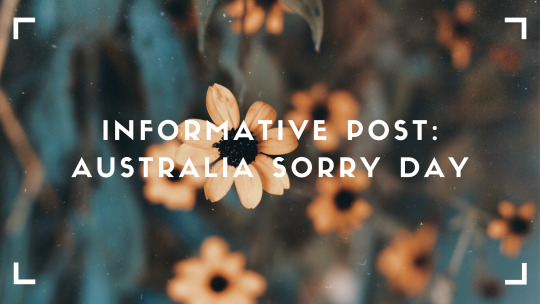
NATIONAL SORRY DAY
“Observed annually on 26 May, National Sorry Day remembers and acknowledges the mistreatment of Aboriginal and Torres Strait Islander people who were forcibly removed from their families and communities, which we now know as ‘The Stolen Generations’.
National Sorry Day is a day to acknowledge the strength of Stolen Generations Survivors and reflect on how we can all play a part in the healing process for our people and nation. While this date carries great significance for the Stolen Generations and other Aboriginal and Torres Strait Islander peoples, it is also commemorated by Australians right around the country.”
We don’t own any of the information in this post, it belongs to reconciliation.org.au
1 note
·
View note
Photo

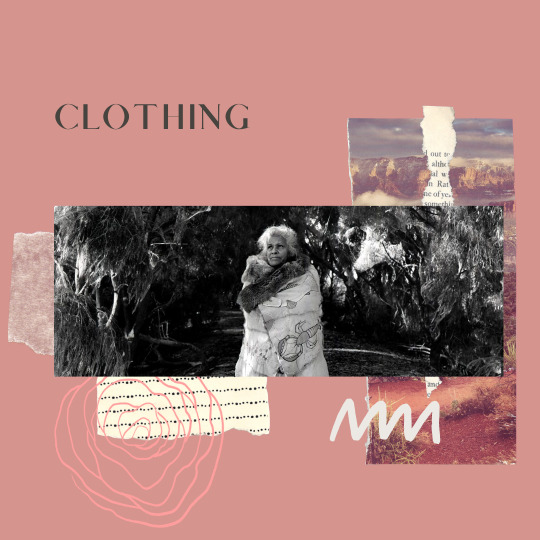


A R T A N D C L O T H E S
Aboriginal art is another topic that caught my attention while staying in the Lands. They keep making art in traditional ways. such as weaving (tjanpi) and painting. Most of the artists are women and we had the opportunity to meet, learn and work with the Tjanpi Desert Weavers, which is an Organization that works with over 400 artists from more than 20 aboriginal communities, which belong to the Ngaanyatjarra, Pitjantjatjara and Yankunytjatjara Lands. Their main goals is to make the traditional art known worldwide and help the artists to keep their culture alive and I strongly agree that their interest of preservating the Lands’ costumes is one of the most beautiful activities I have ever seen. I love hand-crafted items and at some point while learning and practicing the techniques the Elders taught me, I knew that we were just artists doing what we love. I hope that those memories stay forever with me, because the connection we experienced there is something I never felt before.
Obviously, this post is not only about my feelings but also for you to learn a little bit about the traditional techniques, I will also leave the link here for you to support the Tjanpi Desert Weavers artists, you can buy different items or you can donate the amount of money you consider convenient.
I know that there are many different cultural expressions, but the ones we had the oportunity to learn about were the following ones:
Weaving or Tjanpi: The meaning of Tjanpi is “grass” in Ngaanyatjarra language. It forms the core of their sculptures and baskets. The artists collect it across the lands. Here, we can find the artist Rene Kulitja who is showing her sculpture.
Canvas: Here, we find traditional paintings. It can seem to be quite simple, but the structure of the paintings, the puntillism, have been passed on from generation to generation. In this artistic expression, we find the painting “Kutjuntjarri” by Carol Maayantja Golding.
According to the clothing, before the invasions the principal clothes worn by Aboriginal Australians were skin cloaks, made from the skins of possums, kangaroos, wallabies and other animals found in the Desert. However, due to invasions and them being in constant contact with non-aboriginal people, most of the Aboriginal started to choose any style they like and are comfortable with, as a result many of them decide to wear fast fashion clothing.
If you have ever been to the Lands or you are interested in Australian Aboriginal art, I would like you to tell me in the comments if you know any other artist that we can add to the post! Also, did you like this artistic expression? Let me know in the comments!
LOVE, CATA XOXO.
.
.
.
.
LINKS: https://tjanpi.com.au/pages/artists
https://www.nationalquiltregister.org.au/aboriginal-skin-cloaks/
0 notes
Photo



C E R E M O N I E S
Another important fact you need to know is that for Ngaanyatjarra people and Aboriginal people in general, their ceremonies are sacred and it’s imperative for all of us non-Aboriginal people to respect their traditions. I’ve always been interested in learning about how different cultures around the world behave and in this case, Iwe had the opportunity to be in touch with Elders of the communities, who taught us about their cultures and allowed us to share it with you.
First of all, it caught my attention that there are different initiatory systems (from childhood to adulthood) for male and female. In the case of men, there is a complex initiatory system that transforms ‘tjilku’ (male children) into ‘wati’ (men); the Elders teach them about their culture, hunt, etc.
Secondly, women’s ceremonial induction to puberty consists of learning about ‘Tjukurrpa’ or ‘Dreamtime/dreaming’ in english, which refers to how Aboriginal people understand the creation of the world (on the ‘religion’ post you will find detailed information about it). Once women pass the training they can get married.
I would like to talk about another ceremony that caught the attention around the world in 2019; the free spirits ceremony. Unfortunately we couldn’t experience it by ourselves, but I believe that what happened there is the proof that we can coexist peacefully in this world. On June 10th, Alistair Patterson who was travelling along the Great Central Road in Ngaanyatjarra Lands crashed his motorcycle and was seriously injured, on June 11th the same happened to Philip Jones. Sadly, they both passed away.
The news affected the whole Ngaanyatjarra communities and specially the Wakarurna community, where the accidents took place. In a humanity act, the Aboriginal people decided to help the men’s spirits to be in a safe place, so they organized the ceremony altogether with the police and the families of the deceased men.
During the ceremony the Elder of the community prevents the deaths’ spirits from eternally roaming the desert, she or he helps provide closure to family members and return the spirits to their families. The Elder Educator Daisy Ward was in charge of the event, and her words were “The spirit is waiting, waiting. That’s why we got the families in, so that they could take it back home. It forms into the body of the family and protects them. We are sharing our tears together”. You can find the whole article about what happened here.
It was thought to be the first time Aboriginal people have held this ceremony for non-Aboriginal people, showing how we as society are trying to live in a united world.
For me, it was the living proof that no matter where we were born, who we are, our beliefs and our costumes, we can all try our best to create a better world for our future generations. Do you agree with me? Let me know in the comments.
Love, Ale xoxo.
.
.
.
.
https://www.police.wa.gov.au/About-Us/News/Warakurna-Ceremony-Frees-Spirits
https://en.wikipedia.org/wiki/Ngaanyatjarra
0 notes
Photo

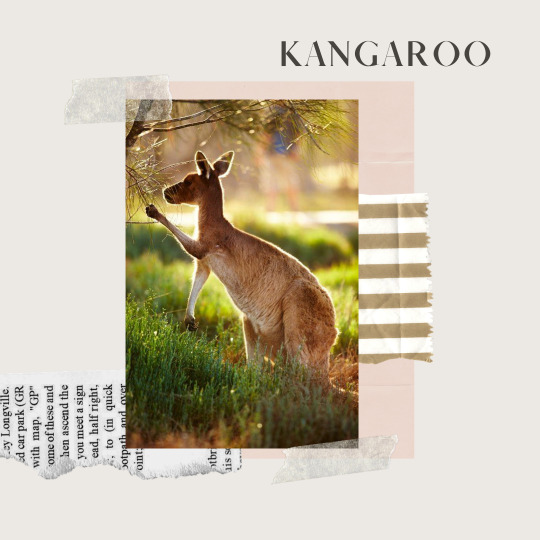
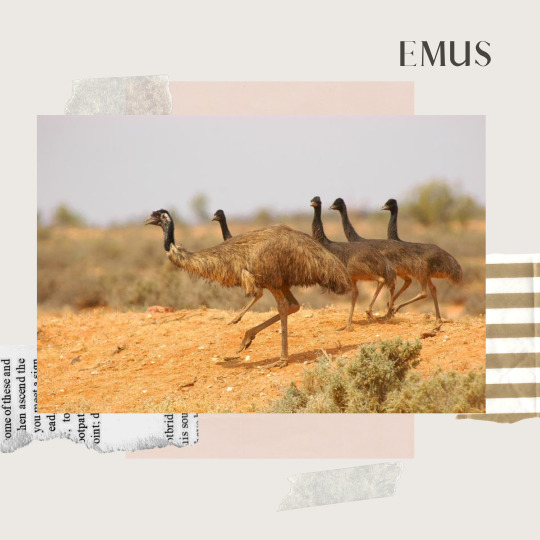
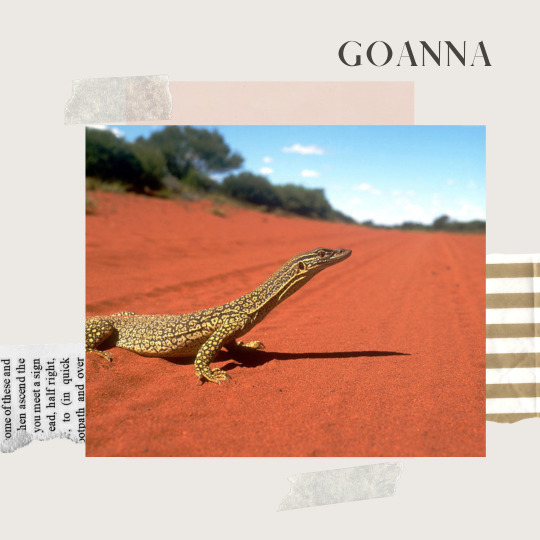

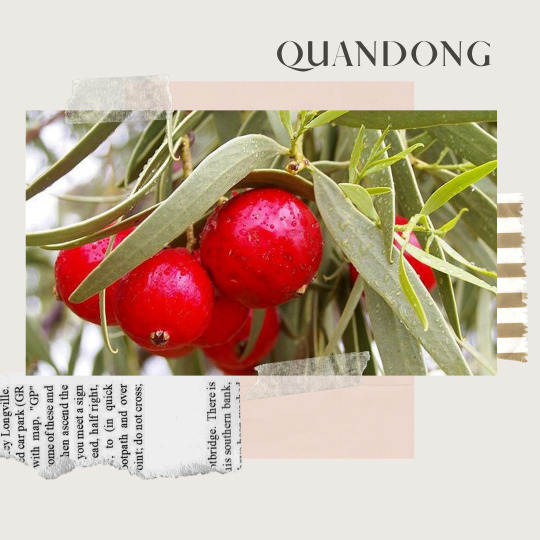
D I E T
What I loved the most about The Lands was the food, as you already know and in case this is your first time visiting our blog, I love food! I’m always looking for new recipes while travelling abroad. If you’re a food enthusiast, this post will be interesting and helpful for you! As a wonderful fact, the Australian Aboriginal still take advantage of the environment around them. They still gather bush tucker in traditional ways, by using their traditional grass baskets and they hunt sometimes. They live off a diet high in protein, micronutrients, fibre and low in sugars… Such a blessing!
In terms of fruits and vegetables, we can find red fruits like quandong, which can be eaten raw, dried or made into jams (in my opinion, the jam was the best option, I loved it) and we can also find green fruits such as Kakadu plums which contain an important amount of Vitamin C and the taste was so good! Now that I’m writing about it I can’t help but miss it. On the other hand, they still hunt land animals such as Kangaroos, Emus, Crocodiles and Goannas, but I prefer them alive… What do you think? Let us know in the comments.
It’s important to notice that since the 1970s there has been recognition of the nutritional and gourmet value of native food by non-Aboriginal Australians, which can be seen in how the bushfood industry has grown up since then. However, despite the industry being founded on Aboriginal knowledge of the plants, Aboriginal participation in the commercial sale of bush tucker is currently still marginal, and mostly at the supply end of value chains. Different ONGs and organisations are working to increase Aboriginal participation in the bush tucker market, because it is their traditional costume and Ngaanyatjarra people don’t want to lose it.
What do you think about the bush food industry? Is it beneficial for Aboriginal people? I will be checking your comments as usual!
LOVE, CATA XOXO.
.
.
.
.
https://en.wikipedia.org/wiki/Bush_tucker
https://austsuperfoods.com.au/kakadu-plum/
https://austsuperfoods.com.au/native_ingredients/quandong/
0 notes
Photo
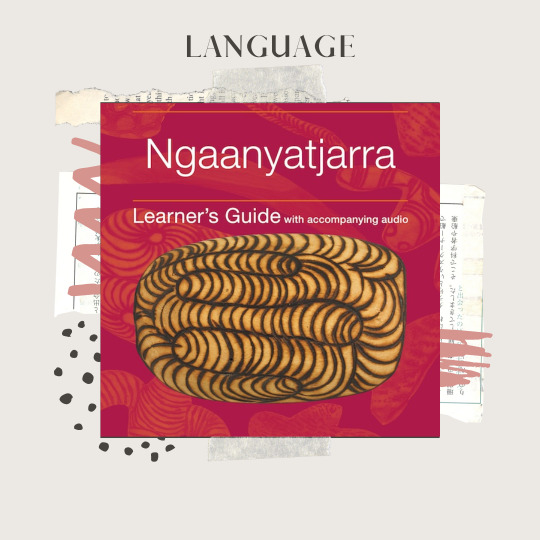
L A N G U A G E S P O K E N
What I was most excited about from this trip was to get to listen to the Ngaanyatjarra speaking their language and also to be able to learn some words. The reason of my excitement is that I love languages, everything about them, I love practising pronunciation, grammar, learning new vocabulary, just everything. I think that learning new languages is one of the best things you can do, they open so many doors for you, they help you to open your mind and to appreciate different cultures. Being interested in the language helped me to get along really well with the members of this community as they really appreciated my interest in their language and culture. We would communicate in English as that was a language that we all mastered.
Now I will proceed to explain some things to you that the Ngaanyatjarra taught me during the time my friend and I spent in their lands with them.
The first thing they taught me is that in the Western Desert we can find many different Aboroginal communities and that means that we can also find different dialects. From that term, we talk about The Western Desert Language, which consists of a network of closely related dialects. The names of some of these dialects have become well known in Australia and worldwide, so nowadays they are referred to as languages, just as in the case of the Ngaanyatjarra language. WDL speakers referring to the overall language use various terms including wangka ("language") or wangka yuti ("clear speech").
They would explain to me that since the whole group of dialects and languages does not have a singular name, they are spoken as the Western Desert Language.
The predominant language is called “Ngaanyatjarra”, which is a Western Desert Language. they taught me that Ngaanya literally means “this” and tjarra means “with/having”, so the compound term means: “those that use ‘ngaanya’ to say ‘this’”.
Many Ngaanyatjarra are multilingual, apart from speaking English, they can also speak a number of other dialects from the area. They told me that most of them speak English due to the fact that Australia used to be ruled by the British Empire and as their language was English it was imposed in the country. They had to learn how to speak it in order to be able to communicate with everybody else in the country as Australia decided to keep using English as their main language after they gained their independence from the British Empire.
As you can see in the picture, the Ngaanyatjarra learner’s guide is a textbook in which you can find an introduction to the language, you can buy it here. Also, you can find a web page which includes the phonetic chart and a text written in Ngaanyatjarra and English here.
Love, Ale xoxo.
.
.
.
.
https://en.wikipedia.org/wiki/Aboriginal_Australians
https://en.wikipedia.org/wiki/Ngaanyatjarra
https://en.wikipedia.org/wiki/Ngaanyatjarra_dialect
https://wangka.com.au/ngaanyatjarra/
https://omniglot.com/writing/ngaanyatjarra.htm
0 notes
Photo

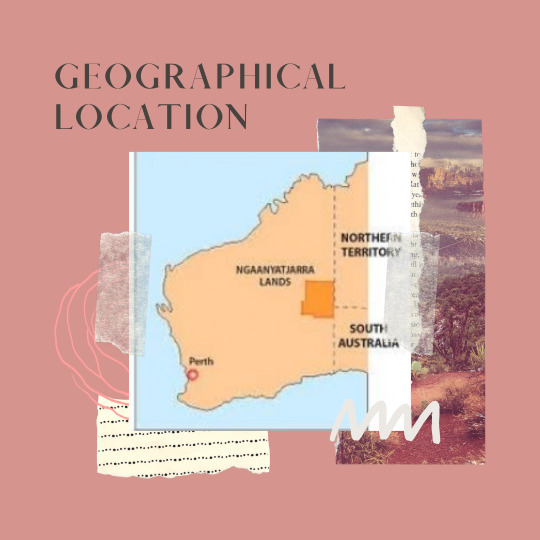
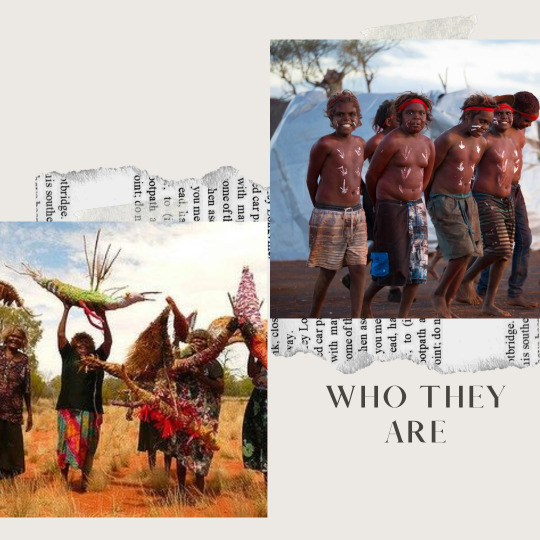
W H O T H E Y A R E / G E O G R A P H I C A L L O C A T I O N
The first thing you need to know is who Ngaanyatjarra people are and where they live. They are Aboriginal Australians, they are part of the Anangu Aboriginal people, together with the Pitjantjatjara and Yankunytjatjara. They are the descendants of different waves of migration, mostly Melanesan and Papuan People, but it is also said that they have genetic inheritance from ancient Asians. We went to the Western Desert, where Ngaanyatjarra Aboriginals inhabit.. Did you know that it’s also said that Aboriginal Australians are one of the oldest tribes? The area dwelt by the Ngaanyatjarra (also called Yarnangu) people has a record of human habitation going back to 10,000 years ago.
As said before, Ngaanyatjarra aborigines are located in Western Australia, a state bounded by the Indian Sea to the North and West, the Southern Ocean to the South, the Northern territory to the North-East and South Australia to the South-East. Ngaanyatjarra Lands (most of the time they just call it ‘Lands’) cover roughly 3% of the Australian landscape, which equals the size of the whole United Kingdom. It is Australia’s largest state. As we expected, the Lands’ population doesn’t exceed the 2000 residents, because many descendents have moved from the Lands to the biggest cities but they still visit the place constantly.
In the Lands, as they call the territory, the Ngaanyatjarra people are distributed in 11 communities: Irrunytju, Kiwirrkurra, Mantamaru, Papulankutja, Patjarr, Kanpa, Tjirrkarli, Tjukurla, Warakurna, Wanarn and Warburton, being the last one, the biggest community in Western Australia. During our trip we had the opportunity to visit Warakurna and Warburton communities, but if you come back (and hopefully we will), we will visit the rest of the communities.
(If you click on the communities’ names you will find more information about them).
One of the most important things that you should consider is that life can be absolutely peaceful, but it’s a true fact that the modern society has produced alienation and other problems such as family violence and suicide, which will be treated in THIS post. However, the health, police, education and genre programs work everyday to tackle those problems, so we recommend you not to see it as a problem, because those issues are present in our daily life and we all need to work to find the best solutions.
Love, Cata xoxo.
.
.
.
.
https://www.ngaanyatjarra.org.au/map
https://en.wikipedia.org/wiki/Anangu_Pitjantjatjara_Yankunytjatjara
https://en.wikipedia.org/wiki/Aboriginal_Australians
0 notes
Photo

I N T R O
When we first decided to travel to Australia all I could think about was the Sydney Opera House and cute baby Kangaroos, I never expected that this trip would change my life forever.
It’s absolutely different travelling abroad as a tourist, without being completely involved with the environment and the people, than travelling as a teacher, because being involved with everything and specially the children and their own environment is part of our job. And you all know that I love being a teacher.
Our Ngaanyatjarra Lands trip changed my life, it helped me to understand that there won’t be a better world if we are not able to respect and recognize the value, strength and powerful knowledge of all the Aboriginal people around the world. I will do my best to educate myself; to learn about those who have been taking care of our planet for such a long time and I will try to replicate and share all the knowledge I received. It’s a promise.
The main reason why we are sharing everything we learnt on this trip is because we want to make you feel the magic and wisdom of this beautiful culture… Who knows, maybe the next person talking about this amazing adventure is going to be one of you.
Love, Cata & Ale XOXO.
1 note
·
View note